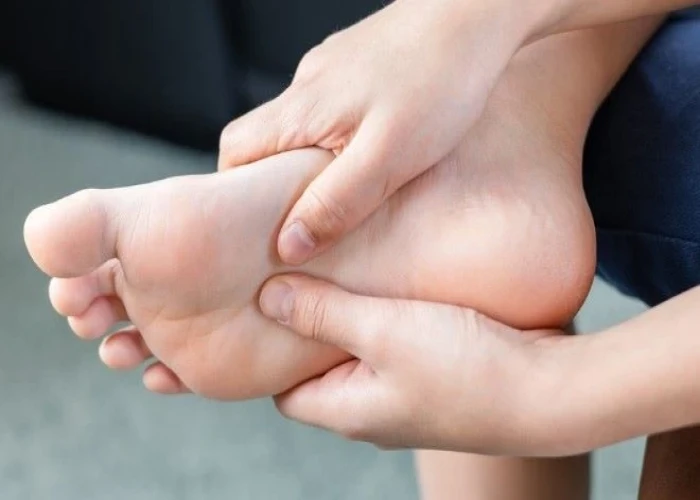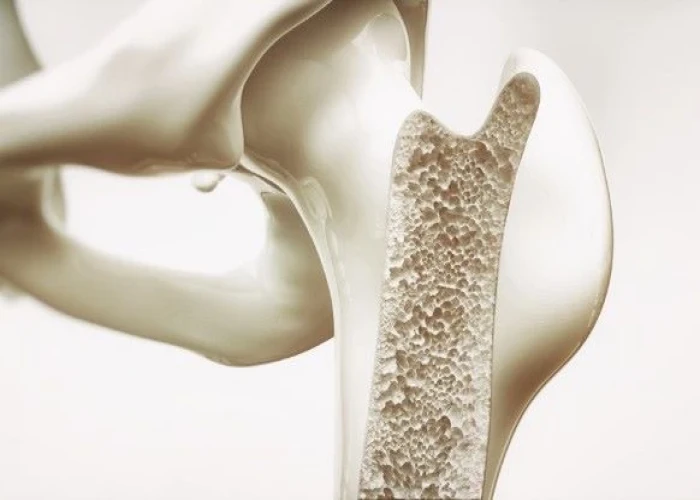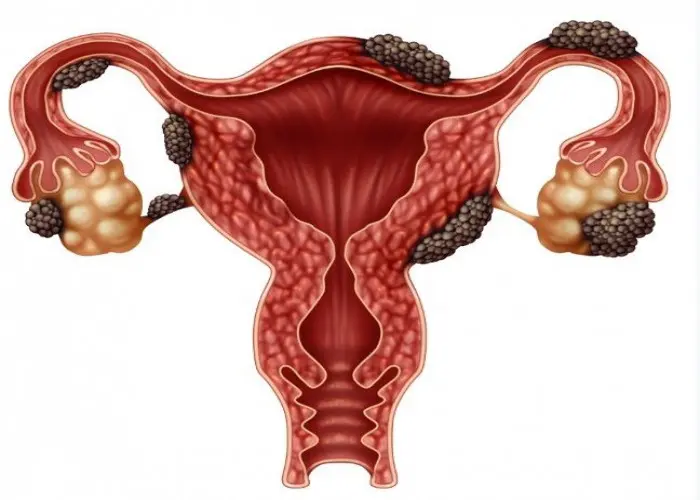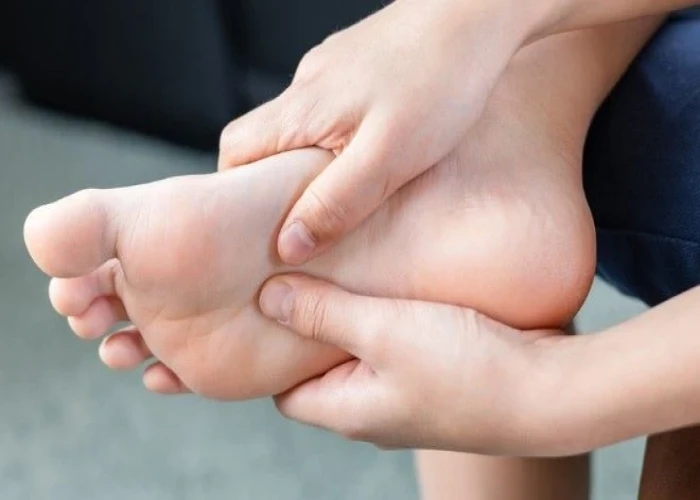 Welcome
Welcome
“May all be happy, may all be healed, may all be at peace and may no one ever suffer."
Metatarsalgia

Metatarsalgia is a condition that involves pain and inflammation in the ball of the foot, specifically the area where the metatarsal bones meet the toes. It is a common foot problem that can affect people of all ages and can be caused by a variety of factors.
Some of the most common causes of metatarsalgia include overuse or repetitive strain, improper footwear, foot deformities such as hammertoes or bunions, high-impact activities such as running or jumping, and underlying medical conditions such as arthritis or diabetes.
Symptoms of metatarsalgia may include pain or tenderness in the ball of the foot, a burning sensation, numbness or tingling in the toes, or a feeling of walking on pebbles or stones. Treatment for metatarsalgia typically involves a combination of rest, ice, compression, and elevation of the affected foot, as well as wearing proper footwear with adequate support and cushioning.
Other treatment options may include physical therapy, stretching and strengthening exercises, custom orthotics or shoe inserts, medications to reduce pain and inflammation, and in some cases, surgery to correct underlying foot deformities or structural issues.
Preventing metatarsalgia involves wearing properly fitting shoes with adequate support and cushioning, maintaining a healthy weight, and avoiding high-impact activities that put excessive strain on the feet. If you experience persistent foot pain or other symptoms of metatarsalgia, it is important to see a healthcare professional for an accurate diagnosis and appropriate treatment.
Research Papers
Disease Signs and Symptoms
- Foot pain
- Toe pain
- Numbness in fingers or toes
Disease Causes
Metatarsalgia
Sometimes a single factor can lead to metatarsalgia. More often, several factors are involved, including:
- Intense training or activity. Distance runners are at risk of metatarsalgia, primarily because the front of the foot absorbs significant force when a person runs. But anyone who participates in a high-impact sport is at risk, especially if your shoes fit poorly or are worn.
- Certain foot shapes. A high arch can put extra pressure on the metatarsals. So can having a second toe that's longer than the big toe, which causes more weight than normal to be shifted to the second metatarsal head.
- Foot deformities. Wearing too-small shoes or high heels can cause your foot to be misshapen. A downward-curling toe (hammertoe) and swollen, painful bumps at the base of your big toes (bunions) can cause metatarsalgia.
- Excess weight. Because most of your body weight transfers to your forefoot when you move, extra pounds mean more pressure on your metatarsals. Losing weight might reduce or eliminate symptoms.
- Poorly fitting shoes. High heels, which transfer extra weight to the front of your foot, are a common cause of metatarsalgia in women. Shoes with a narrow toe box or athletic shoes that lack support and padding also can contribute to the problem.
- Stress fractures. Small breaks in the metatarsals or toe bones can be painful and change the way you put weight on your foot.
- Morton's neuroma. This noncancerous growth of fibrous tissue around a nerve usually occurs between the third and fourth metatarsal heads. It causes symptoms that are similar to metatarsalgia and can also contribute to metatarsal stress.
Disease Prevents
Disease Treatments
Conservative measures — such as resting, changing shoes or using a metatarsal pad — might be all you need to relieve signs and symptoms.
In rare cases, when conservative measures don't relieve your pain and your metatarsalgia is complicated by foot conditions such as hammertoe, surgery to realign the metatarsal bones might be an option.
Disease Diagnoses
Disease Allopathic Generics
Disease Ayurvedic Generics
Disease Homeopathic Generics
Disease yoga
Metatarsalgia and Learn More about Diseases

Sprained ankle

Depression (major depressive disorder)

Desmoid tumors

Pet allergy

Dust mite allergy

Osteoporosis

Coarctation of the aorta

Endometriosis
metatarsalgia, মেটাটারসালজিয়া
To be happy, beautiful, healthy, wealthy, hale and long-lived stay with DM3S.
